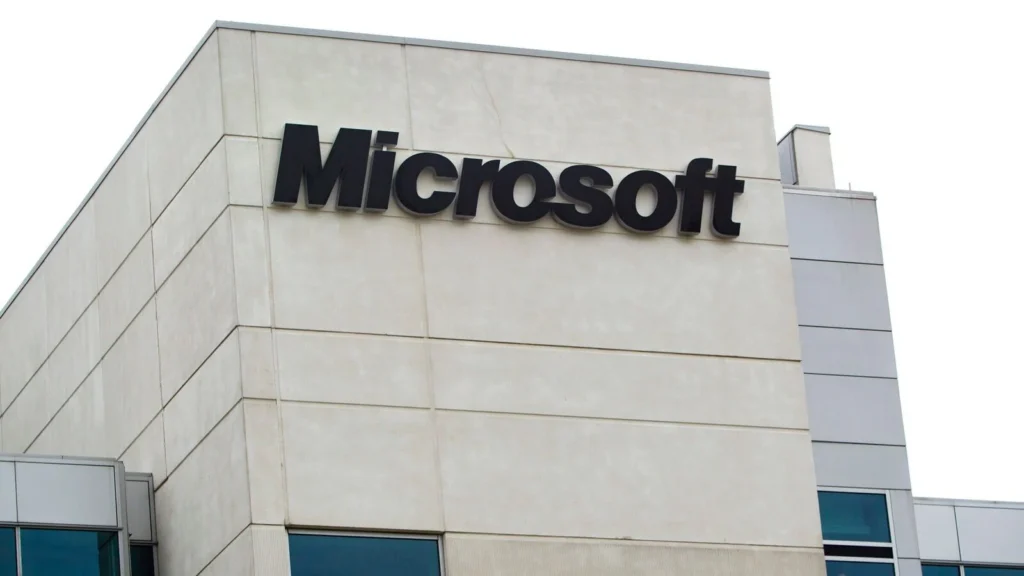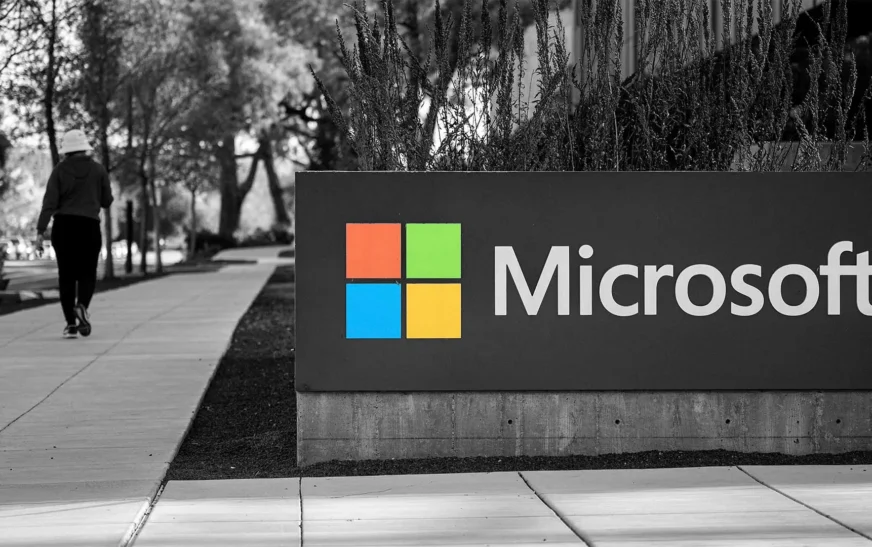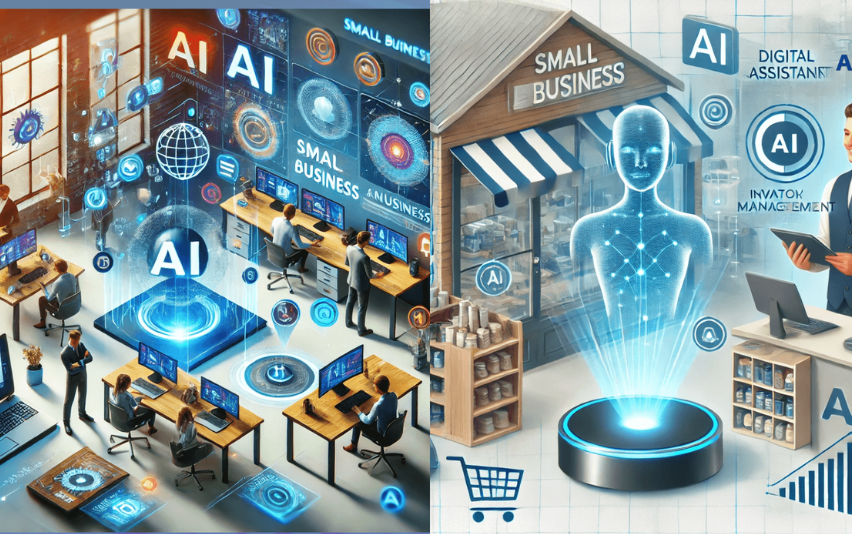Earlier this week, Microsoft layoffs 2025 headlines dominated the tech news as Microsoft announced plans to lay off approximately 9,000 employees—representing around 4% of its global workforce. This marks Microsoft’s second major reduction this year, following a previous round in May that impacted about 6,000 workers.
Why Are Microsoft Layoffs Happening?
Workforce reduction strategy at Microsoft is driven by multiple converging factors:
- Heavy investment in AI infrastructure: Microsoft is said to have earmarked around $80 billion for cloud and data center expansion in fiscal 2025.
- Restructuring of management layers: The company is trimming middle management to boost agility and speed.
- Shifting priorities in gaming and sales: Hits Xbox, King (Candy Crush), sales operations, and non‑coder teams.
Satya Nadella emphasized that these moves are organizational changes necessary to best position the company and teams for success in a dynamic marketplace. Xbox chief Phil Spencer noted the importance of increased efficiency for strategic growth in gaming.
The Layoff Breakdown
- 9,000 jobs — nearly 4% of approximately 228,000 employees (as of June 2024).
- Affected roles span global sales, middle management, software engineering, gaming divisions (Xbox, King, ZeniMax).
- This is the largest layoff at Microsoft in over two years.
- A prior round in May 2025 included 6,000 jobs, mostly in product and engineering.
Microsoft’s Shift Toward AI and Cloud
Microsoft’s strategy relies heavily on AI investment. Nadella previously stated that 20–30% of code in some projects is now being generated by AI tools. The company’s spending on cloud infrastructure and AI capabilities is designed to support scalable services like Azure and OpenAI integrations.
But that scale comes at a cost—pressures on cloud profit margins are mounting even as Microsoft forecasts 14% year-over-year revenue growth, propelled by Azure and software subscriptions. The strategic restructuring is math: invest billions in AI, then streamline workforce to balance the books.
Impacts on Affected Employees
Microsoft emphasizes support for laid-off staff:
- Employees are offered 60 days of paid leave and severance agreements.
- Xbox division is offering internal priority for open roles within Microsoft Gaming.
Still, the disruption is real—around 830 positions are tied to Redmond HQ alone, with previous waves already affecting thousands in Washington state.
Broader Tech Sector Trends
Microsoft’s layoff mirrors moves by other Big Tech:
- Meta cut ~5% (~3,600 people)
- Google (Alphabet) carried out several rounds
- Amazon trimmed jobs in various segments
Challenger, Gray & Christmas reports that as of early July 2025, 76,200 tech jobs were announced for cuts—27% higher than the same period last year. The rise of AI is reshaping staffing needs across industries, not just tech.

Analysis: Strategy or Overcorrection?
- AI-led automation plays a major role: internal projects are automating routine tasks like coding .
- Legacy costs: Analysts like Dan Ives suggest Microsoft may have “over‑hired in slower‑growing segments”.
- Fiscal discipline: Streamlining operations can ensure the $80 billion AI investment remains financially sustainable.
That said, there’s concern the layoffs precede full ROI on AI tools—cutting teams before automation fully kicks in could signal excessive cost-cutting.
What’s Next for Microsoft?
- Microsoft’s restructuring continues alongside major AI/cloud investments.
- The layoffs align with its fiscal year schedule; new headcount numbers will surface when the June fiscal reports and SEC filings are released.
- Watch for Microsoft’s ongoing partnership with OpenAI, which remains under contract through 2030 but is now under increased scrutiny amid internal realignments.
Microsoft’s decision to lay off 9,000 employees in July 2025 is a calculated but high-stakes move—aimed at balancing massive AI/cloud investments with leaner operations. It reflects broader industry trends in tech workforce reduction as companies pivot toward automation and strategic restructuring.
For employees, it’s a difficult transition supported by severance and internal job placement options. For investors, Microsoft signals disciplined spending to secure long-term returns in the AI and cloud race. And for the tech landscape, it’s part of a larger shift toward a more automated workplace where AI infrastructure investment shapes future staffing models.













